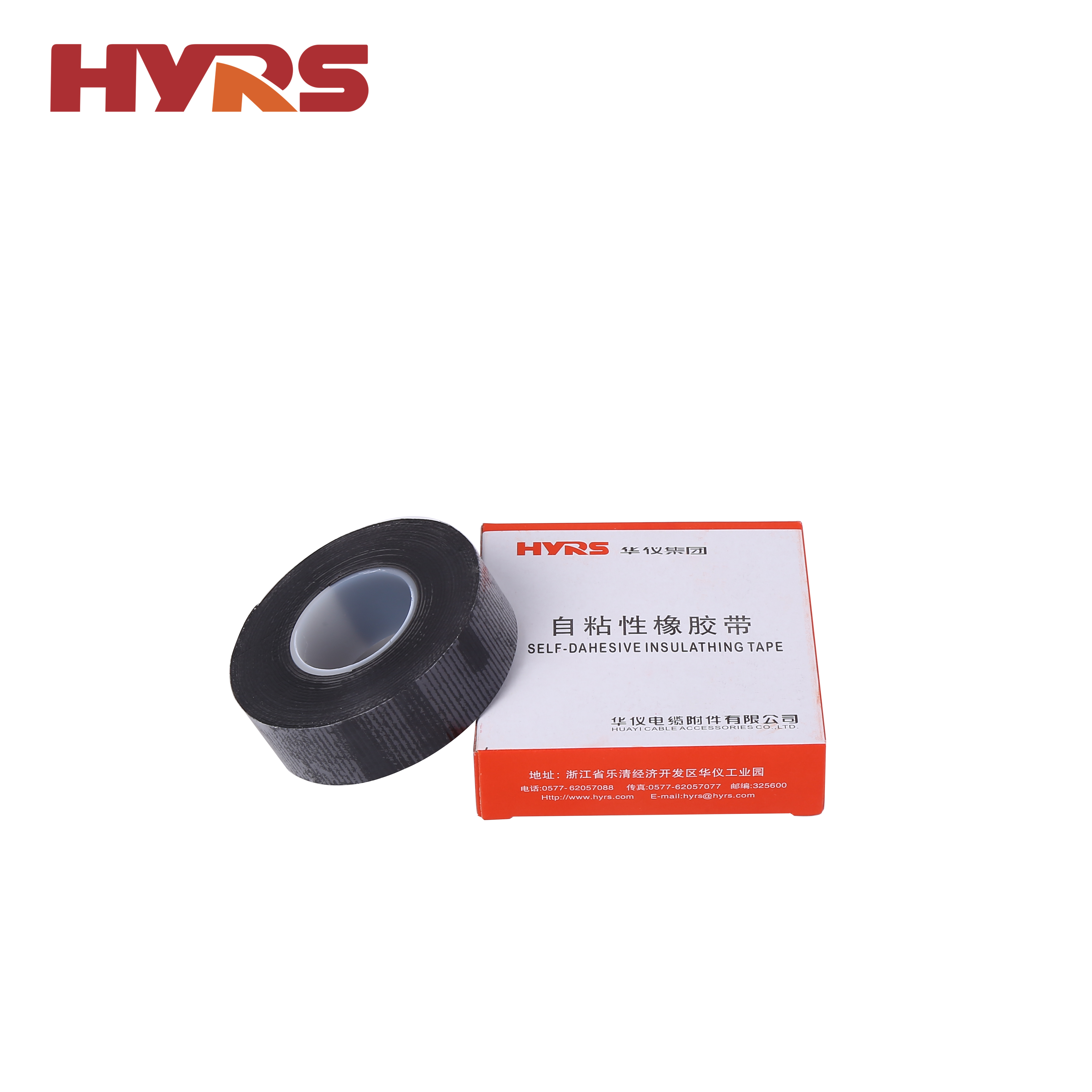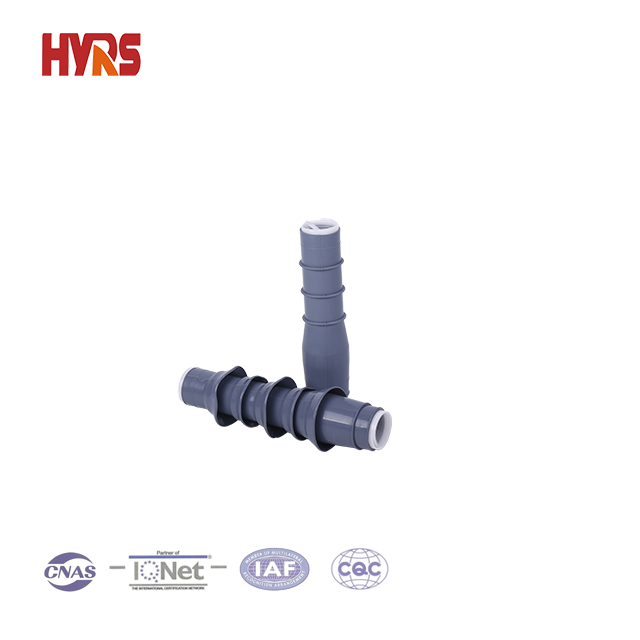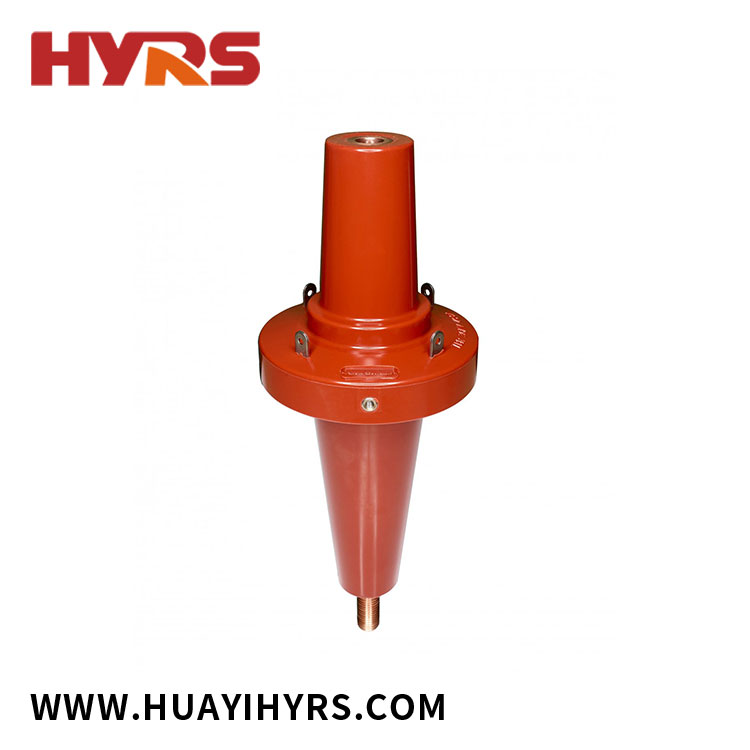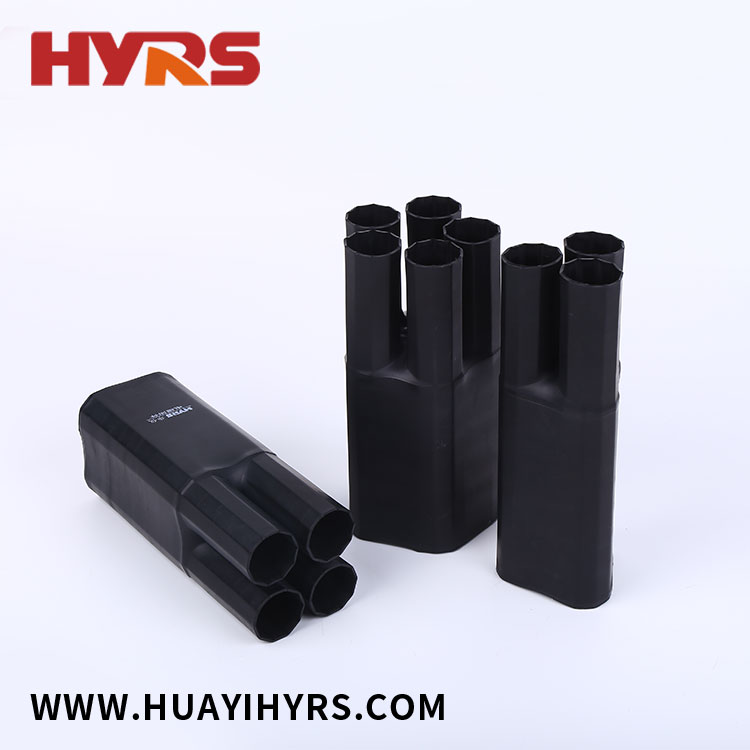Semi-conductive tape is a type of tape that is used in the power and electrical industries to manage and control electrical fields in cables, wires, and other components.
Semi-conductive tape is made from a blend of materials such as carbon black and metallic particles, which are blended with a polymer material that has semi-conductive properties. The tape is designed to provide a smooth transition of electrical field from the insulation to the metallic shield of a cable or wire, without any sharp increase or decrease.
Semi-conductive tape is typically applied to the conductor or insulation of high voltage power cables to reduce the electrical stress and prevent electrical discharge. It can also be used in other electrical components, such as capacitors, transformers, and switchgear.
Semi-conductive tape is available in various widths, thicknesses, and lengths to match different applications and requirements. It can be self-adhesive or non-adhesive, and can be made waterproof or flame-retardant to meet specific needs.
To apply semi-conductive tape, the tape is simply wrapped around the cable or component and then firmly pressed into place. The tape can either be used alone or in conjunction with other components, such as insulation, metallic shielding, or other types of tape. It should be applied according to the manufacturer's instructions to ensure proper performance.
Here are the general steps for how to use semi-conductive tape:
Prepare the area - Before starting, clean the surface of the component that the tape will be applied to, making sure that it is free of dust, dirt, or any contaminants.
Cut the tape - Cut a length of semi-conductive tape that is slightly longer than the area that needs to be covered.
Wrap the tape around the component - Starting at one end, wrap the tape around the component in a spiral movement, making sure that the tape overlaps slightly with each turn. Apply the tape as tightly and smoothly as possible to minimize any discontinuity of the electrical stress.
Press on the tape - After the tape is wrapped, press down firmly on the tape to ensure a proper seal and adhesion with the underlying component.
Inspect the tape - Inspect the tape to make sure it is applied correctly, with no bubbles or wrinkles that could affect the electrical properties.
It is important to follow the manufacturer's instructions for the specific type of semi-conductive tape being used, as the installation process can vary depending on the type of tape and the intended application. Also, it should be noted that semi-conductive tape should not be used as a replacement for cables or other components that require repair, replacement, or any sorts of testing.


 English
English  Español
Español  Português
Português  русский
русский  Français
Français  日本語
日本語  Deutsch
Deutsch  tiếng Việt
tiếng Việt  Italiano
Italiano  Nederlands
Nederlands  ภาษาไทย
ภาษาไทย  Polski
Polski  한국어
한국어  Svenska
Svenska  magyar
magyar  Malay
Malay  বাংলা ভাষার
বাংলা ভাষার  Dansk
Dansk  Suomi
Suomi  हिन्दी
हिन्दी  Pilipino
Pilipino  Türkçe
Türkçe  Gaeilge
Gaeilge  العربية
العربية  Indonesia
Indonesia  Norsk
Norsk  تمل
تمل  český
český  ελληνικά
ελληνικά  український
український  Javanese
Javanese  فارسی
فارسی  தமிழ்
தமிழ்  తెలుగు
తెలుగు  नेपाली
नेपाली  Burmese
Burmese  български
български  ລາວ
ລາວ  Latine
Latine  Қазақша
Қазақша  Euskal
Euskal  Azərbaycan
Azərbaycan  Slovenský jazyk
Slovenský jazyk  Македонски
Македонски  Lietuvos
Lietuvos  Eesti Keel
Eesti Keel  Română
Română  Slovenski
Slovenski  मराठी
मराठी  Srpski језик
Srpski језик 




